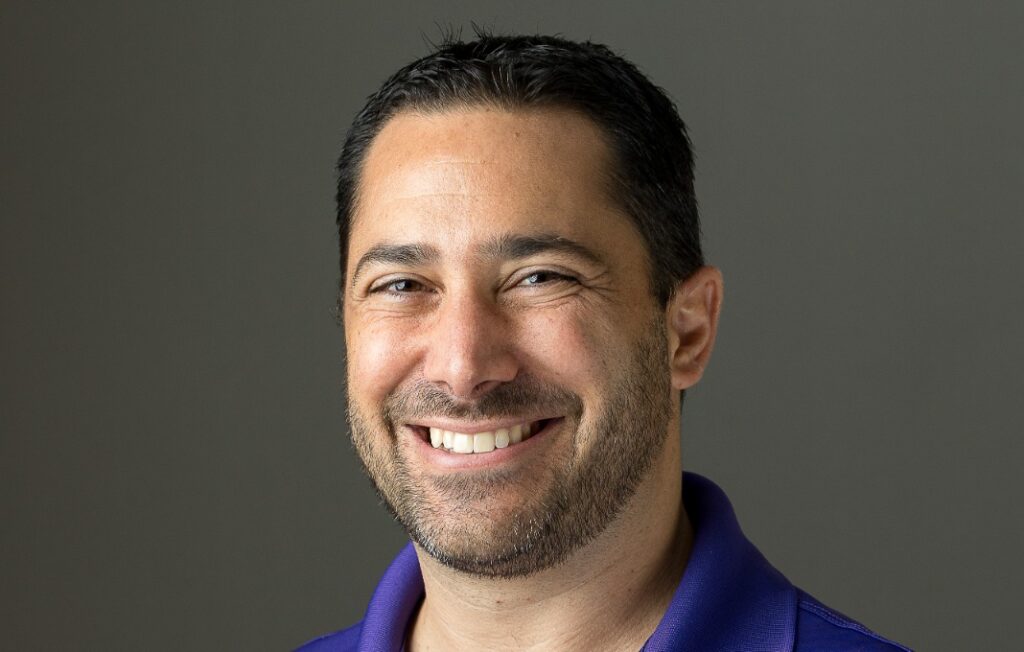The pandemic has turned much of traditional HR-employee dynamics on their head. Gone are the days when employees just went along with whatever management decreed.
For example, to get the best out of talent today, employers need to give their workers time and space to “recharge,” says Mindy Honcoop, chief people officer at TCP Software, a San Angelo, Texas-based company that provides time tracking and employee scheduling solutions.
Honcoop, who started out studying social work, talked with StrategicCHRO360 about the insights that gave her, how hybrid environments are changing companies’ approaches to employees and how technology can help prevent burnout.
What inspired you to pursue a career in HR?
When I was in college, I was pursuing a degree in social work. During my junior and senior years in school, my husband had been working full-time for three years, and he would talk about his workplace stories and HR’s involvement in situations. During these conversations, I would ask questions that he wished his HR team thought to ask, or offered strategies they should have implemented, and he arranged a meeting between myself and his HR team. After that, I knew I wanted to pursue a career in HR.
While in my social work track, we were taught about how to set up individuals to thrive within their communities by connecting them with the right tools, services and resources. These ideas can be applied to HR departments by ensuring employees have access to the correct resources, whether it be content, technology or personnel, so they can be successful in their roles.
How have you adapted to managing a team and overseeing a workforce during Covid?
I joined TCP Software at the height of the pandemic and quickly found myself attending a lot of meetings without enough time to complete my work. This prompted me to work from early in the morning to late in the evenings, since my office was now in my home. As the pandemic continued, I made a conscious effort to put blocks in my calendar so that I could take a walk or work out. I also designated Wednesdays as meeting-free days and will disable email and chat notifications for a portion of the day so that I can turn my focus to projects at hand. Once my team saw me implement these tactics, it gave them the freedom to do the same so that they can take the time they need throughout the day to reset.
As a company, we’re seeing that it’s become more important to look at employees’ schedules to ensure they’re taking the necessary PTO. This way, employees can recharge and HR teams can be proactive in preventing burnout. Throughout 2020, when traveling wasn’t an option, it was still important for employees to take time off for their mental well-being—and not feel like they still had to check their emails while on PTO. As folks get ready to travel this summer, it’s important for HR teams to work with managers to balance employees taking time off while ensuring productivity doesn’t suffer.
What do you think the future of workforce management looks like as more employees return to a physical workspace, or into a hybrid workspace with employees living in various locations?
Traditionally, companies were structured so that HR was the department driving changes and implementing programs, with leadership teams sponsoring these initiatives and employees going along with what was being told to them. Now, though, companies are seeing that for employees to show up and do well, the employees must be the ones to drive company advancements, with HR teams and senior leaders listening and acting on employees’ concerns and wishes—within reason. Workforce management tools must reflect this change by not only pushing information and data to HR teams, but also sharing employees’ experiences with HR teams to create a feedback loop so that processes and initiatives can be tweaked proactively to keep employees engaged.
Workforce management tools also need to help drive the shared narrative and alignment of company values to the employees. For example, if an employee chooses not to use PTO, HR teams can use data from their workforce management tools to warn employees about burnout and how that impacts their other team members. Showing employees how their decisions impact their teams can drive awareness and greater understanding while boosting their confidence and value.
How will technology impact how HR teams operate moving forward?
Moving forward, HR teams need to create a work environment that is inclusive and welcoming of all people while ensuring their well-being is taken care of. By leveraging tools that automate and simplify the scheduling process while allowing HR to see which employees may be overallocated or overworked, HR teams can work more closely with department managers to ensure that shifts are staffed correctly while ensuring that employee morale doesn’t dip. With the right technology, administrative-focused tasks become more automated, so HR teams and managers can focus on initiatives that will enrich employees’ experiences.
HR teams may also think to implement mobile tools within their companies. With mobile tools, employees can also check their PTO accrual and schedule time off, view their upcoming shifts and view their pay. This brings HR functions to employees and streamlines conversations related to staffing, time off and payroll, since these functions are at employees’ fingertips.
With the right technology stack that enriches employees’ experiences, companies find that the business value they deliver to the end user is greater, since employees are more engaged and productive.








